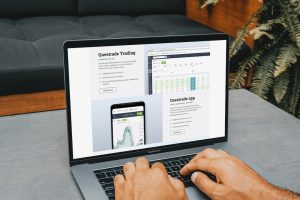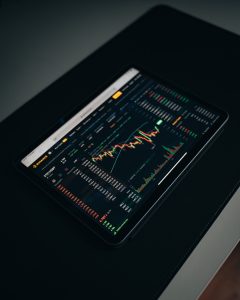Forex trading is a complicated business, and it takes a lot of analysis and calculations to make informed decisions. One way to simplify this process is to use Microsoft Excel 2010. With Excel, traders can create spreadsheets that will help them analyze market trends, calculate risk, and make crucial trading decisions. In this article, we will explain how to do Forex in Excel 2010.
The first step in using Excel for Forex trading is to download historical data. This data should include information about currency pairs, such as opening and closing prices, high and low prices, and trading volume. Once you have downloaded this data, you can use Excel to analyze it.
The first thing to do is to create a new spreadsheet. In this spreadsheet, you should include the following columns:
– Date: This column should include the dates of the trading days.
– Open: This column should include the opening prices of the currency pairs.
– High: This column should include the highest prices of the currency pairs.
– Low: This column should include the lowest prices of the currency pairs.
– Close: This column should include the closing prices of the currency pairs.
– Volume: This column should include the trading volume of the currency pairs.
Once you have created these columns, you should enter the historical data into the spreadsheet. This can be done manually, or you can import the data from a CSV file.
The next step is to create charts that will help you visualize the data. To do this, select the data range in the spreadsheet, and then click on the Insert tab. From there, you can select the type of chart that you want to create.
One of the most useful charts for Forex traders is the candlestick chart. This chart shows the opening, high, low, and closing prices of a currency pair for a given period. To create a candlestick chart in Excel, select the data range and then click on the Insert tab. From there, select the candlestick chart type.
Once you have created your charts, you can use them to analyze market trends. For example, you can look for patterns in the candlestick charts that indicate a trend reversal. You can also use the charts to identify support and resistance levels.
Another useful tool in Excel for Forex trading is the pivot table. Pivot tables can be used to summarize large amounts of data and make it easier to analyze. To create a pivot table, select the data range and then click on the Insert tab. From there, select the PivotTable option.
Once you have created a pivot table, you can use it to summarize the data by date, currency pair, or any other variable. For example, you can use a pivot table to calculate the average closing price of a currency pair for a given period.
Finally, Excel also has a number of functions that can be used for Forex trading. For example, the VLOOKUP function can be used to look up the exchange rate for a given currency pair on a specific date. The SUMIF function can be used to calculate the total trading volume for a given currency pair.
In conclusion, Excel 2010 is a powerful tool for Forex traders. By downloading historical data and using charts, pivot tables, and functions, traders can analyze market trends, calculate risk, and make informed trading decisions. With a little practice, Excel can become an essential tool in your Forex trading toolbox.





